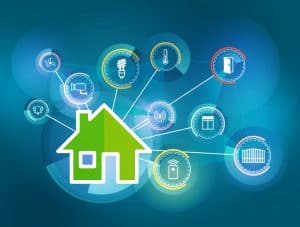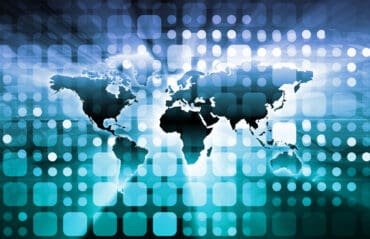
The accurate prediction of energy consumption at a specific time under many outside and inside conditions becomes an essential step to improve energy efficiency and management in a smart building.
Commercial building energy costs can fluctuate massively depending on the uses and needs of a specific business, making it difficult to calculate exactly how much will be used.
Researchers from the University of Denver, China Academy of Sciences in Beijing, and the University of Hail in Saudi Arabia have collaborated to build a smarter, more accurate building consumption predictor, which uses deep learning and parallel computing.
SEE ALSO: SenSen Announces AI-Powered Smart City App
“Generally, it is challenging to predict building energy consumption precisely due to many influential environmental factors correlated to energy-consuming such as outdoor temperature, humidity, the day of the week, and special events,” said Abdulaziz Almalaq, paper author and assistant professor at the University of Hail’s Engineering College.
“While environmental parameters are useful resources for energy consumption prediction, prediction using a large number of a building’s operational parameters, such as room temperature, major appliances and heating, ventilation, and air-conditioning (HVAC) system parameters, is a quite complicated problem, compared with prediction using only historical data.”
The new system developed by the group was able to outperform traditional predictive methods. The team validated this through real-world tests, conducted in Saudi Arabia, which could be used by commercial and academic building owners in the near future.
“The accurate prediction of energy consumption at a specific time under many outside and inside conditions becomes an essential step to improve energy efficiency and management in a smart building,” said Almalaq.





























